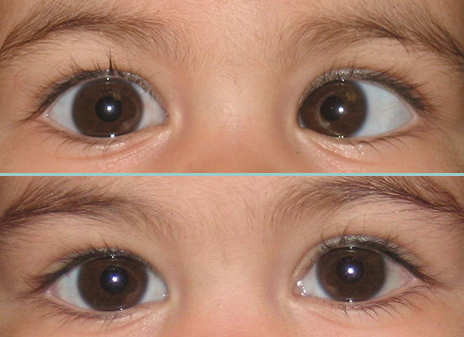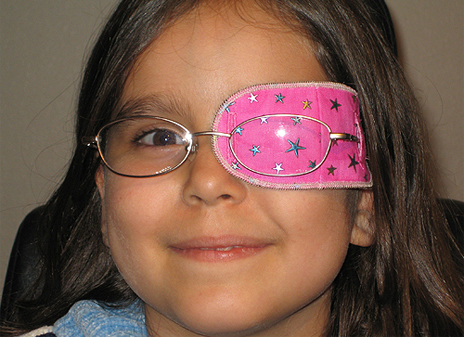Pink Eye
by Scott Silverman, MD
Fellowship-trained Pediatric Ophthalmologist
Every mom knows and fears it. It stalks playgrounds, day care, schools and can be found in every household sometime during childhood. The dreaded Pink Eye. What is it and how do we stop it? Read on.
Pink eye is known as conjunctivitis in medical terminology. This inflammatory condition affects the conjunctiva – a thin membrane that covers the white of the eye (sclera). It normally produces moisture to coat and lubricate the eye and has tiny blood vessels. When this membrane becomes irritated or inflamed the blood vessels enlarge, thus making the eye red.
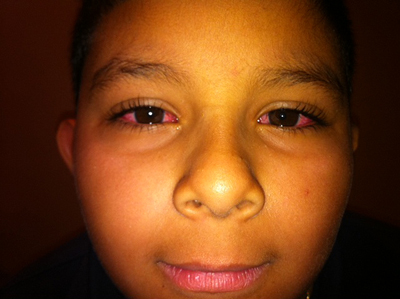
Causes of conjunctivitis vary but most commonly arise from:
1) Infection
2) Allergy
3) Environmental irritants
Infectious causes include bacteria and viruses. The distinguishing mark of bacterial eye infection is thick mucousy discharge and crusting around the lids and eyelashes. Infectious conjunctivitis caused by bactetia can be effectively treated with ophthalmic antibiotic drops or ointment.
Viral infections produce red eyes, sore throat and runny nose – symptoms found with the common cold. There is usually a watery discharge and can last from one to two weeks, or until the virus has run its course.
Infectious conjunctivitis is highly contagious, whether it’s viral or bacterial. Contact of common objects must be avoided – towels, clothing, etc. Anything that a person touches can be contaminated. Because of this, frequent hand washing is advised.
Allergies can also produce conjunctivitis. Some allergies produce itchy, watery eyes, while others will give a chronic redness. Antihistamine eye drops can dramatically improve the symptoms of ocular allergies.
Environmental irritants, such as smoke or fumes, may cause conjunctivitis. In these cases, eradication of the offending irritant is the best remedy.
Uncommon Causes
Several diseases can produce red eyes and are of a more serious nature than conjunctivitis. Symptoms to watch for are pain, blurred vision, and severe light sensitivity. A medical evaluation of a red eye is necessary to determine the cause and to avoid possible damage.
The key is prevention. Hand washing is very effective and can prevent many cases – especially spreading the condition from one eye to the other. Careful supervision and quick action can help lessen the severity of a common childhood illness from infiltrating your family and home.
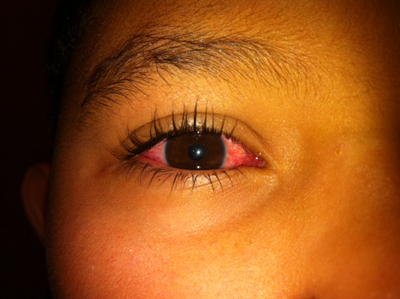
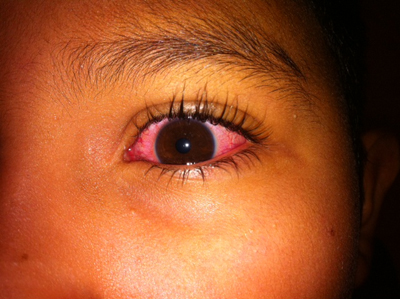
This article was written by Dr. Scott Silverman, our fellowship-trained Pediatric Ophthalmologist.
Dr. Silverman is available at our locations in Sarasota and Lakewood Ranch, Florida. He specializes in children’s eye care, strabismus, amblyopia (lazy eye), and eye muscle surgery in children and adults.
Your Child's Vision

Amblyopia
What is Lazy Eye? Vision problems are common in children. Early recognition and treatment are the keys to preventing permanent visual impairment.

